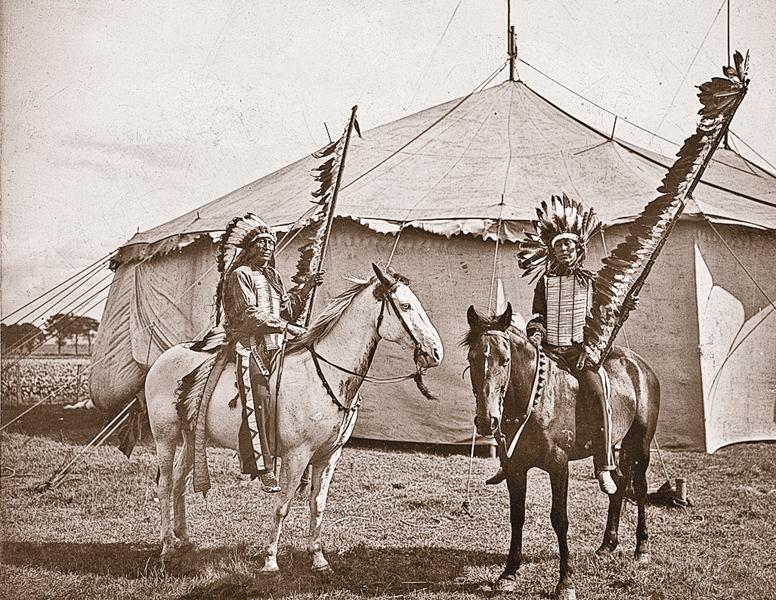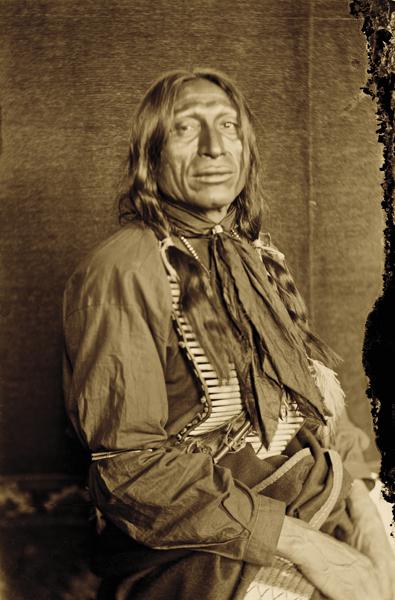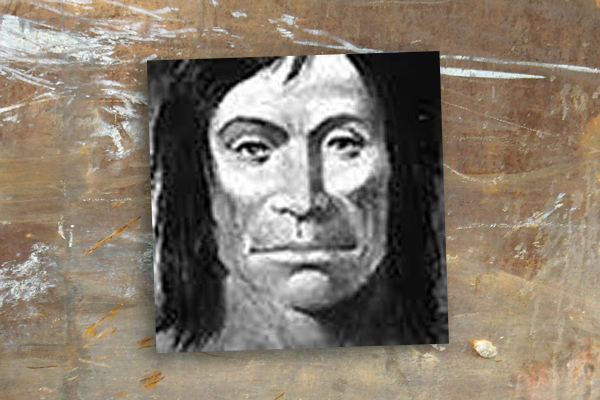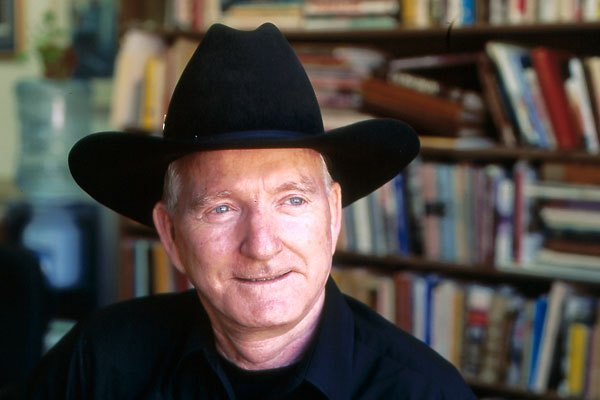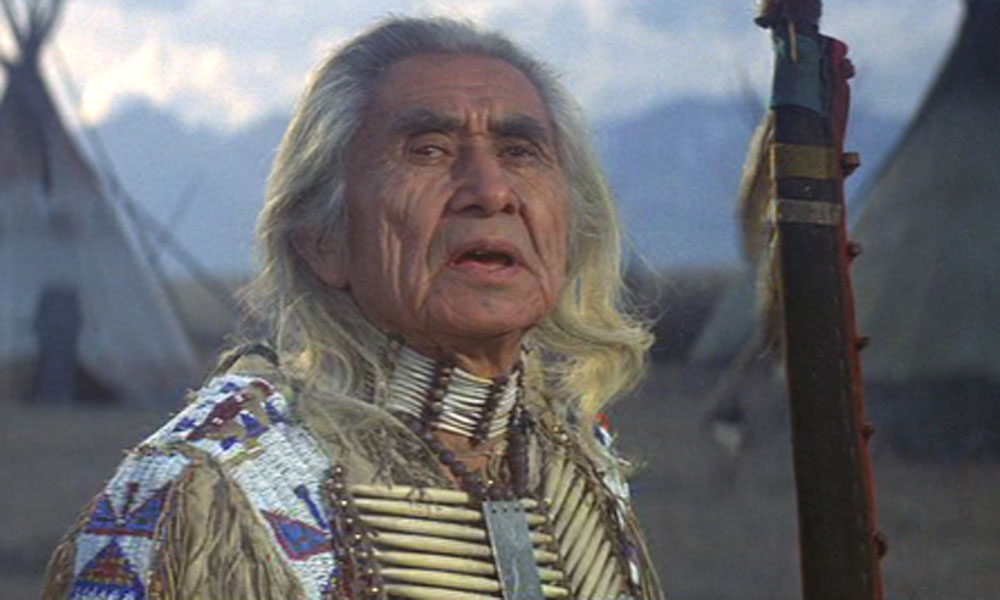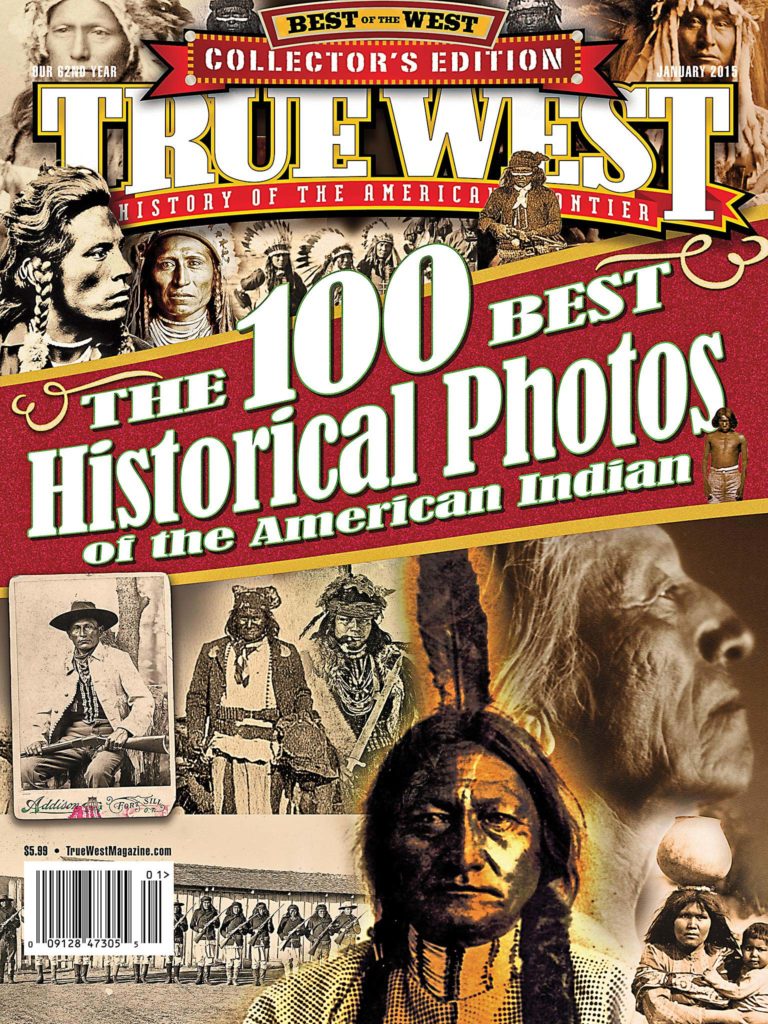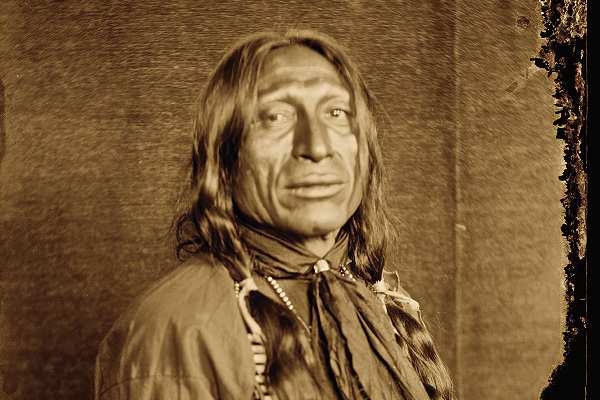 Chief Iron Tail, born Sinté Máza, of the Oglala Lakota Nation, was a rare 19th-century Indian celebrity with an international following and a profile permanently etched on an American coin.
Chief Iron Tail, born Sinté Máza, of the Oglala Lakota Nation, was a rare 19th-century Indian celebrity with an international following and a profile permanently etched on an American coin.
His mother’s choice for his name in 1842 was intended to announce someone new and novel: “Iron Tail.” When her son was born, she witnessed a herd of buffalo stand their tails like metal shafts as they fled Lakota hunters.
Western history is rife with inaccuracies, and Chief Iron Tail is no exception. He is often confused with renowned Chief Iron Hail, aka “Dewey Beard,” also of the Lakota; but it was the latter who fought at the Battle of the Little Big Horn, and whose family was killed at Wounded Knee in 1890.
Noted 19th-century expert on American Indian culture, Major Israel McCreight was 20 years old when he lived among the Lakota in 1885. He described Iron Tail as “…not a war chief…but a wise counselor and diplomat, always dignified, quiet and never given to boasting.”
McCreight, who became a lifelong friend, said “he always had a smile and was fond of children, horses and friends.” Iron Tail even honored McCreight as an honorary Dakota chief, for his friend’s advocacy for Indian rights.
But it was as a star performer in Buffalo Bill’s Wild West in the 1880s that brought this Sioux to the attention of world leaders and American audiences; as many as 12,000 people attended the live shows each day. It was the quintessential last vestige of the American West and passing century of discovery.
When performances went overseas, Iron Tail was still Buffalo Bill’s lead performer, and also his avowed best friend. He nicknamed Bill “Pahaska” or “Long Hair.” In the West they hunted; in Europe, they toured historic sites, often hosted by royal aristocracy, traveling together until 1913.
Iron Tail is memorialized in remaining post cards, show posters, photographs, and a silent film with Buffalo Bill conversing in sign language. He was one of three models used by noted sculptor James E. Fraser to craft the image for the Indian Head (or Buffalo) nickel, circulated in the U.S. from 1913-38.
Chief Iron Tail was 74 years old when he contracted pneumonia while appearing with the Miller Brothers’ 101 Ranch Wild West show in Philadelphia. The hospital sent him home to the Black Hills for medical treatment. He never made it. A Pullman conductor found him dead on May 29, 1916, as the train passed through Indiana.
Although Buffalo Bill was not able to attend Iron Tail’s burial on the Pine Ridge Reservation, he promised a headstone with a replica of the nickel bearing his friend’s profile, but six months later Cody was also dead.
Tom Augherton is an Arizona-based freelance writer. Do you know about an unsung character of the Old West whose story we should share here? Send the details to stuart@twmag.com, and be sure to include high-resolution historical photos.
Photo Gallery
Born twenty years before the Civil War, Lakota Chief Iron Tail survived the Plains Indian Wars to become an international celebrity with Buffalo Bill Cody’s Wild West show, and as a model for the Indian Head nickel.
– Courtesy Library of Congress –


